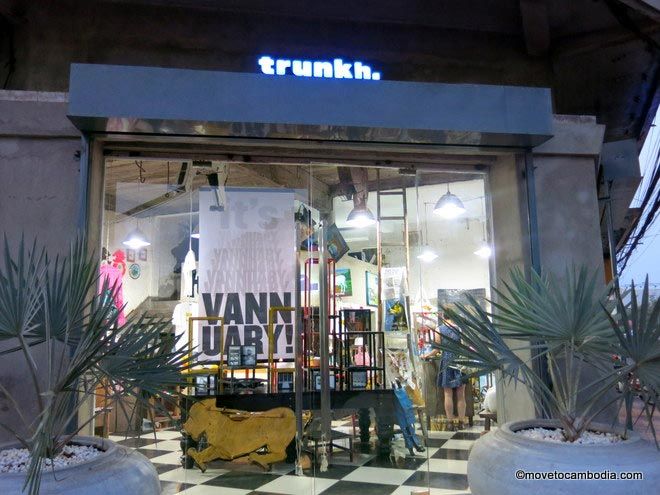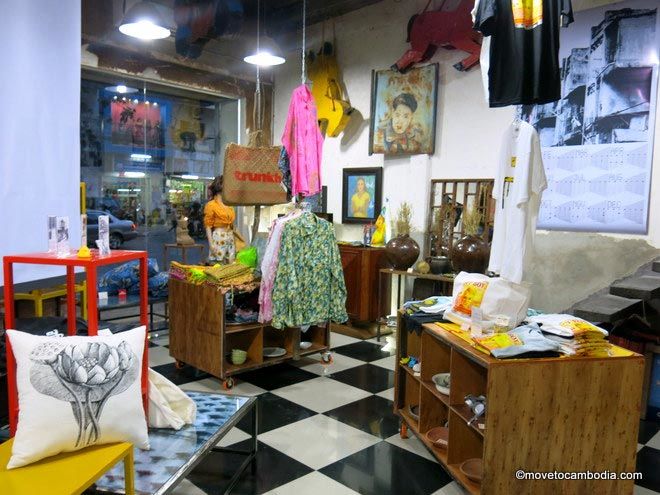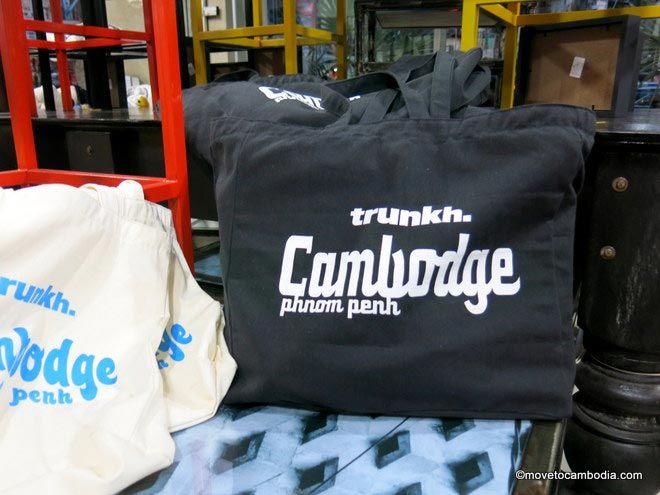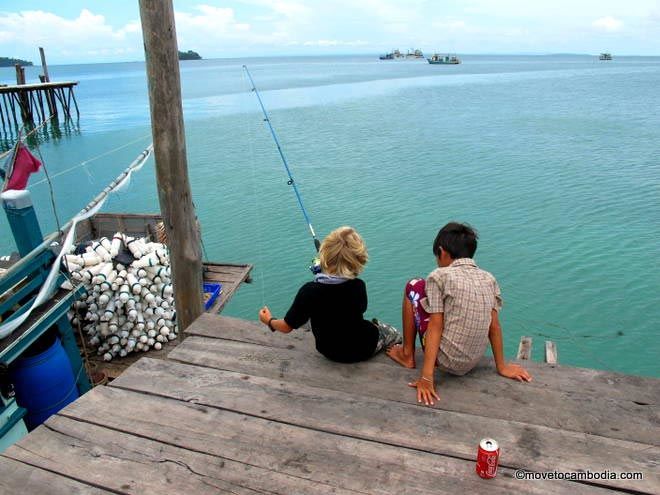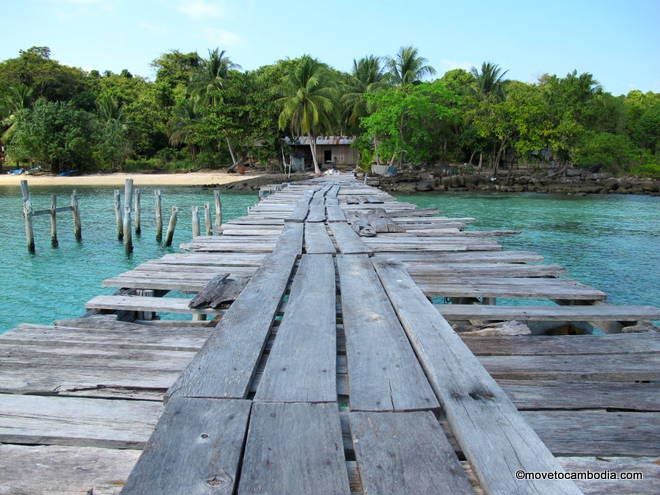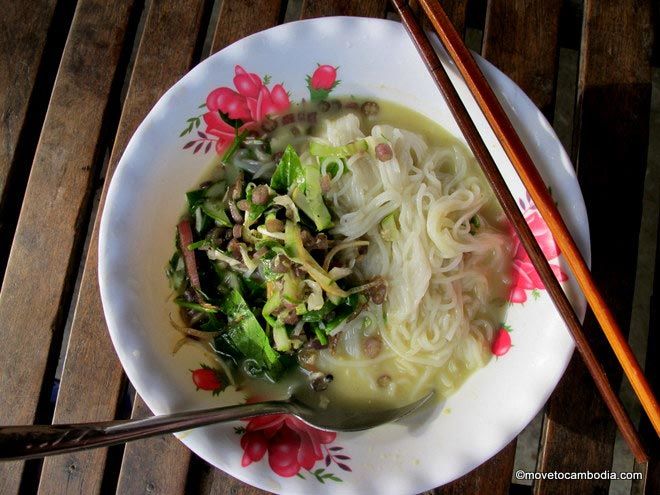Every year thousands of well-intentioned foreigners come to Cambodia with the goal of helping poor Cambodian children. The majority of them end up visiting or volunteering in Cambodian orphanages. Over the last year, orphanage tourism (as it is disparagingly called) has been getting a lot of negative publicity from child protection organizations. If you’ve wanted to come work with Cambodian children, you might have wondered what the big deal is–you’re just trying to help, right?
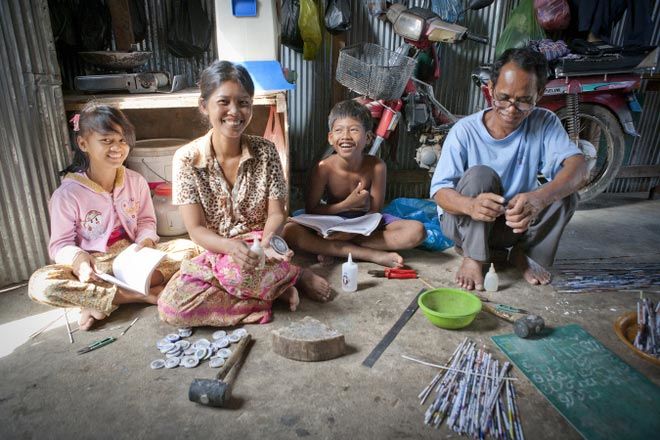
Family-based care is crucial for Cambodian children. Photo by Robert Buchan.
Move to Cambodia caught up with Luke Gracie, Alternative Care Manager at Move to Cambodia, in his piece, Luke has taken the time to explain once and for all what the fuss is about visiting orphanages in Cambodia and why you shouldn’t do it.
What’s the big deal with orphanages in Cambodia?
LG: “There are a lot of orphanages across Cambodia. There are also quite a lot of people and organisations, like the one I work for, that suggest people think twice about visiting, supporting or working in orphanages and to consider the harm they can cause. Amongst all this noise of ‘anti-orphanage’ posters and flyers and ‘pro-orphanage’ advertisements for orphanage tourism and people with Facebook profile shots of themselves hugging Cambodian youngsters, it’s very fair to ask, “what’s the big deal with orphanages in Cambodia?”
Well, to put it bluntly, the big deal is:
When they can live somewhere else, children do not belong in orphanages, they are highly damaging and dangerous institutions. Children belong with their family, or another family-like situation if they can’t stay with their direct family.
Certainly, there was a need for orphanages after the horrors of the Khmer Rouge. But a child born in 1979 is now 34 years old. A child born in 1989 is now 24 years old. So this justification for orphanages is growing a little, well, old. Since 2005 when the Cambodian economy boomed and the country experienced its most stable period in 40 years, the number of “orphanages” has increased by 75%.
Something doesn’t add up.”
What’s so bad about orphanages?
LG: “Approximately 75% of children in Cambodian orphanages are indeed not orphans; they have at least one living parent.
Actually calling these centres ‘orphanages’ is incorrect as it implies the children have a need to be there. There are numerous other options for marginalized children such as living with extended family members, people in the community or foster care options. The act of removing a child from his or her family is extreme; it is at the absolute pointy-end of child protection services; the drastic last resort when everything else has failed. It’s certainly nothing to be taken lightly.
The mind boggles when you think of what reasons are given to justify removing children from their families and communities:
“The children’s parents are really poor.”
“Well at least they get three meals a day and go to school.”
“But look at the smiles on the children’s faces.”
Rubbish.
Are these the two options we have for supporting vulnerable and marginalized kids; life in a dysfunctional family or life in a dysfunctional orphanage environment? How about income generation support for the family? How about counseling to help the father get over his drinking problem? How about the child living with their grandparents for six months while the parents sort their issues? How about treating Cambodian children and their families with the dignity and respect you would expect and receive in your home country?
In the west, children living in long term residential care (an orphanage) is seen as a Dickensian-era failure of the system, it is the absolute last resort where all other options and safety nets have broken down. It is unclear to me why an outdated model of care, rejected in the West, can be justified as an acceptable and appropriate form of early-intervention care for Cambodian children. A cynic could presume that elements of ethnocentrism play a role in this form of selective interpretation of the Child Rights Convention.
Certainly some orphanages are worse than others. There are centres where children are beaten, sexually abused, neglected, exploited for child labour, or trained to be just the right balance of pathetic and cute to attract tourist dollars (which the children see none of). These are abhorrent and disgusting centres that should be shut down, with centre managers and perpetrators charged with the crimes they have committed. The children should be removed and placed in safe locations, supported to overcome the impacts of living in such a terrible situation, and eventually return to family-based care. This is happening now, and the Royal Government of Cambodia is making strong strides in enforcing child protection laws.
But, this focus on the truly terrible centres can ignore the forest of wider harmful issues, for the trees of criminality. Even if children are fed three meals per day and play with toys and attend the odd group trip to a fun park, they are still living in a damaging and potentially harmful environment. Children need care, they need love. Studies overwhelmingly show that children in family based care, be it direct family, extended family or foster care, have better developmental, cognitive and emotional outcomes. Simply being in a residential facility, irrespective of whether they have English classes and PlayStations, is harmful and reduces the chances of kids becoming functional, productive adults.
Children living in long-term residential facilities are also drastically at a higher risk of experiencing abuse. This can take the form of abuse from staff, from outsiders (whether foreign visitors or people in the community), child-on-child abuse, or self-inflicted harm. Being outside a family-like unit increases all these risk factors. The vast majority of orphanages in Cambodia don’t even come close to having the adequate staffing and internal procedures, policies and checks to protect children from these kinds of risks.
Simply put: When they can live somewhere else, children do not belong in orphanages, they are highly damaging and dangerous institutions. Children belong with their family, or another family-like situation if they can’t stay with their direct family.”
If you’d like to learn more, please visit Friends International and take some time to read their very informative Children Are Not Tourist Attractions campaign.
